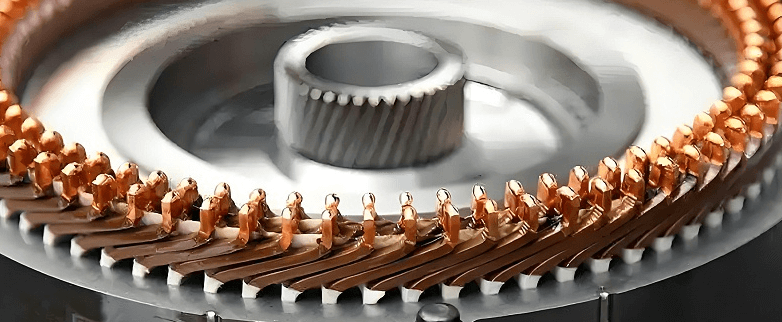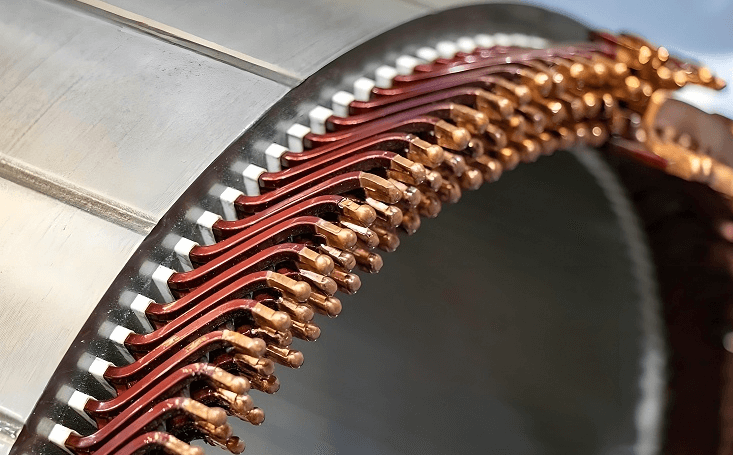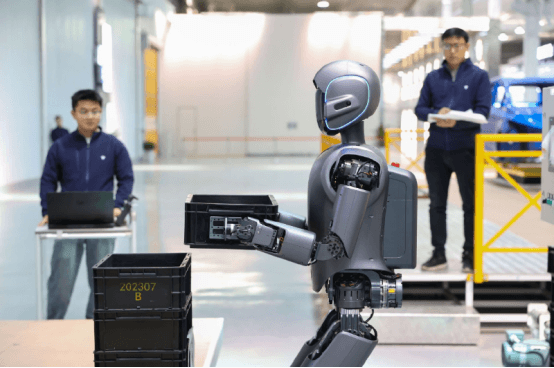
News Center
Solve the Problem of Hairpin Motor Stator Expansion and Twisting Process
Published on.
2025-01-13 15:17
Source
In the production of hairpin motor stator, in addition to wire forming technology, the processes of flaring and wire twisting are critical steps to ensure the quality of hairpin motor. These stages are where the majority of defects tend to occur. For example:
1. Excessive deformation during the flaring process in hairpin wire slots can alter inductance and capacitance parameters, leading to abnormal motor response, torque output issues, and electromagnetic interference. This can also increase resistance, resulting in higher heat generation and a greater risk of insulation aging.

2. During the twisting of copper wire bundles, compressive deformation can easily damage the insulation layer, leading to short circuits. Increased resistance causes higher energy loss and reduced efficiency, while changes in inductance parameters result in torque fluctuations and unstable rotational speed.
3. Inconsistent precision of weld points after twisting can increase contact resistance, leading to energy waste and localized overheating, which raises the risk of short circuits. Additionally, it may cause uneven magnetic field distribution in the motor, resulting in torque ripple and unstable rotational speed.
So, how can we address these defects in the production of hairpin motor stators to achieve both a significant leap in quality and efficiency?
For the first point: Utilize the precision control system of the equipment to adjust process parameters, such as controlling insertion speed and pressure, optimizing flat-wire dimensions, and enhancing stator stabilization. These measures ensure that the flat wire does not undergo excessive deformation during the slot insertion and flaring process.
For the second point: Implement measures such as a dual-layer wire and insulation paper positioning system, anti-slip barriers, twisting head mechanisms, and standard multi-layer simultaneous twisting functionality. These ensure precise positioning and uniform force distribution during the manufacturing process, minimizing the risk of wire bundle compression.

For the third point: Advanced twisting mechanisms and flaring equipment ensure that wire bundles experience uniform force and are twisted at precise, predetermined angles. Additionally, by accurately controlling the twisting angle and force for each wire layer and equipping high-precision welding systems, the consistency and uniformity of weld points are guaranteed.
In recent years, the development of new energy vehicles has advanced at an unprecedented pace. Topics such as motor manufacturing, intelligent production, automation, digitalization, and environmental sustainability have become unavoidable for every motor manufacturer. However, in this technological revolution, achieving excellence and building a solid foundation remain the key factors that determine whether a motor manufacturing company can stand out in the competitive market.
Amid the rapid advancements in intelligent manufacturing technologies, the production processes for hairpin motor stator are entering a new era of continuous innovation and optimization. As a dedicated player in the motor manufacturing industry, HONEST embraces the mission of keeping pace with the times, actively adopting new technologies and processes to enhance production efficiency and market competitiveness. Only by doing so can we navigate the fierce market currents with confidence, lead the way forward, and contribute to a green and intelligent future of mobility.
Related News






